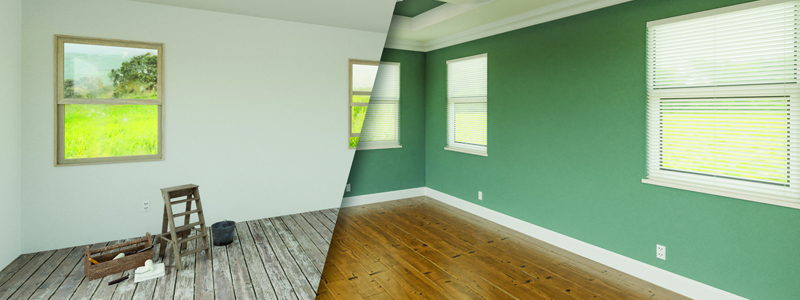Can Home Improvements Lower Your Tax Bill? It Depends
By Content AdministratorPosted on June 3rd, 2024

Most home improvements are not tax deductible — with one possible exception. In certain situations, you may be able to deduct improvements deemed necessary for medical reasons (not just beneficial to general health). If you itemize instead of taking the standard deduction, you can deduct unreimbursed medical expenses that exceed 7.5% of your adjusted gross income, so the tax savings could be significant if a costly home improvement pushes your total medical expenses above that threshold. Installing air conditioning to help treat asthma or modifying a home to make it wheelchair accessible are common examples of qualifying expenses.
Here are two more ways that improving your home could potentially reduce your tax burden.
Capital improvements
Projects that add to the value of your home, prolong its life, or adapt it to new uses are considered capital improvements. When you sell your home in the future, you can add the cost of capital improvements to your initial basis (what you paid for it originally), reducing your capital gain and the resulting tax bill.
Some examples of capital improvements include remodeling the kitchen, replacing all your home’s windows, adding a bathroom, or installing a new roof. Repairs that keep your home in good condition (such as repainting, replacing a broken door or window, or fixing a leak) don’t count as capital improvements. However, an entire repair job may be considered an improvement if it’s done as part of an extensive remodel or restoration.
Energy-saving tax credits
The Inflation Reduction Act of 2022 reconfigured two nonrefundable tax credits for home improvements that save energy. Unlike a deduction, which reduces your taxable income, a tax credit lowers your tax bill dollar for dollar. Both credits are available only for the installation of new products that meet specific energy efficiency requirements.
The energy efficient home improvement credit is equal to 30% of qualified expenditures for an existing home (not new construction). A $3,200 maximum annual credit is available through 2032. A $2,000 limit (30% of all costs, including labor) applies to electric or natural gas heat pumps, heat pump water heaters, and biomass stoves and boilers. A separate $1,200 limit applies to home energy audits and building envelope components (such as exterior doors, windows, skylights, and insulation) and energy property (including central air conditioners).
The residential clean energy property credit is a 30% tax credit available for qualifying expenditures for clean energy property (and related labor costs) such as solar panels, solar water heaters, geothermal heat pumps, wind turbines, fuel cells, and battery storage.
Source: Broadridge